Here are the first surprising images of the Universe sent by the Euclid telescope
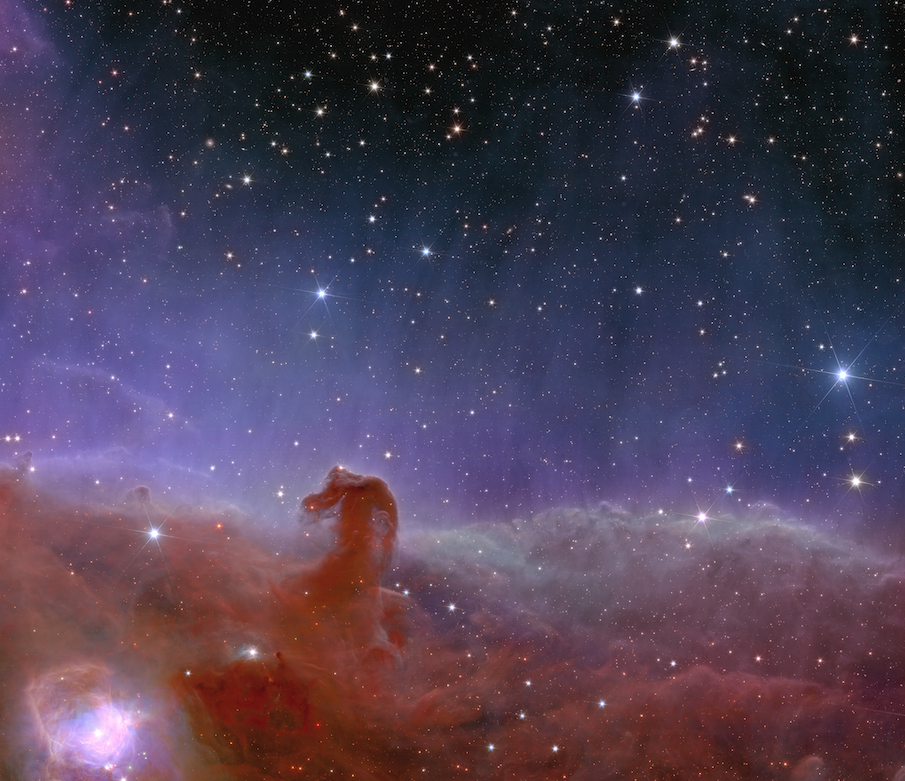
The European Space Agency (ESA) has revealed the first images obtained from the Euclid space telescope, launched last July, on a mission towards the dark Universe.
The first images of the Euclid space telescope have been published, which left in July for the first mission in the world with the aim of investigating the cosmic mysteries of dark matter and dark energy in the Universe.
On November 7, ESA revealed the first images from the Euclid scientific satellite, transmitted from its orbit around the L2 Sun-Earth Lagrangian point, at a distance of 1 million kilometers from Earth. Scientists believe that dark matter and dark energy make up 95% of our universe – the other 5% is what we can see, but this dark matter has mostly remained a mystery. ( For further information, see the episode of Spaziale, the Startmag podcast, on Euclid, the mission towards the dark universe with Italy on board ).
The Euclid space telescope is built and managed by ESA with the contribution of NASA and the collaboration of the Italian Space Agency (ASI), the National Institute of Astrophysics (Inaf), the National Institute of Nuclear Physics (Infn) and numerous Italian universities. ESA has chosen Thales Alenia Space (joint venture between Thales 67% and Leonardo 33%) as main contractor for the construction of the satellite and its service module, and Airbus Defense and Space to develop the payload module, including the telescope.
Never before has a telescope, whether space or terrestrial, been able to create such clear astronomical images over such a large area of sky and look so far into the distant Universe, the ASI note indicates.
The first five images from Euclid are “impressive and remind us why it is essential to go into space to learn more about the mysteries of the universe,” said ESA Director General Josef Aschbacher.
All the details.
THE OBJECTIVE OF THE EUCLID MISSION
ESA has dubbed Euclid its "dark universe detective", tasked with investigating why 95% of the universe appears to be made up of dark matter and dark energy.
With images, mapping of a diverse number of galaxies, and information on the shapes, sizes and positions of billions of stars, Euclid will build a large archive of unique data – unprecedented in volume for a space mission – allowing the scientific community to tackle some of the most fascinating questions in physics and cosmology.
THE FIRST FIVE SPECTACULAR IMAGES
GO BACK IN TIME
According to René Laureijs, ESA Project Scientist of the Euclid mission, the first images from Euclid have already indicated “circumstantial evidence” for the existence of dark matter.
By capturing light that took 10 billion years to reach Earth's vicinity, Euclid scientists also hope to better understand how dark energy has driven the expansion of the universe since the Big Bang 13.8 billion years ago does.
Once Euclid has collected enough data, scientists plan to draw a 3D map: the third dimension is time. Laureijs told AFP that the map would allow people to "walk across part of the sky and go back in time 10 billion years."
THE DURATION OF THE MISSION
But that will have to wait for future data releases over the course of the planned six-year mission.
At the end of its operational life, currently expected to be around six years, Euclid will have produced images and photometric data for more than a billion galaxies and millions of galaxy spectra, data that will also be of great importance for many other areas of astrophysics .
1. THE PERSEUS CLUSTER OF GALAXIES
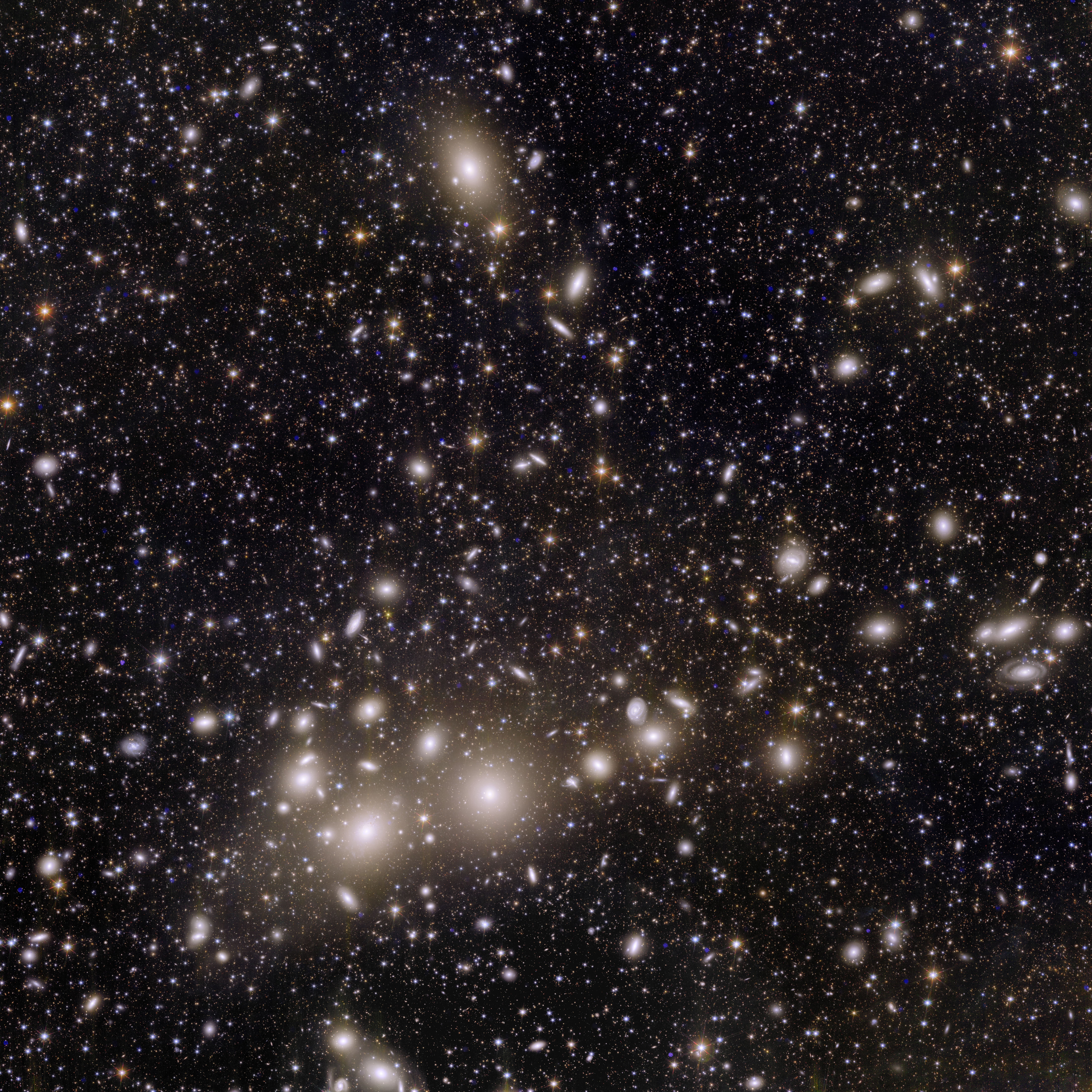
This incredible snapshot of Euclid is a revolution for astronomy. The image shows 1,000 galaxies belonging to the Perseus cluster and more than 100,000 additional galaxies further away in the background. Many of these faint galaxies have never been seen before. Some of them are so distant that their light took 10 billion years to reach us. By mapping the distribution and shape of these galaxies, cosmologists will be able to discover more about how dark matter shaped the Universe we see today. This is the first time that such a large image has allowed us to capture so many Perseus galaxies in such a high level of detail. Perseus is one of the most massive structures known in the Universe, located “only” 240 million light-years from Earth. Astronomers have shown that galaxy clusters like Perseus can only have formed if dark matter is present in the Universe. Euclid will observe numerous galaxy clusters like Perseus throughout cosmic time, revealing the “dark” element that holds them together.
2. SPIRAL GALAXY IC 342
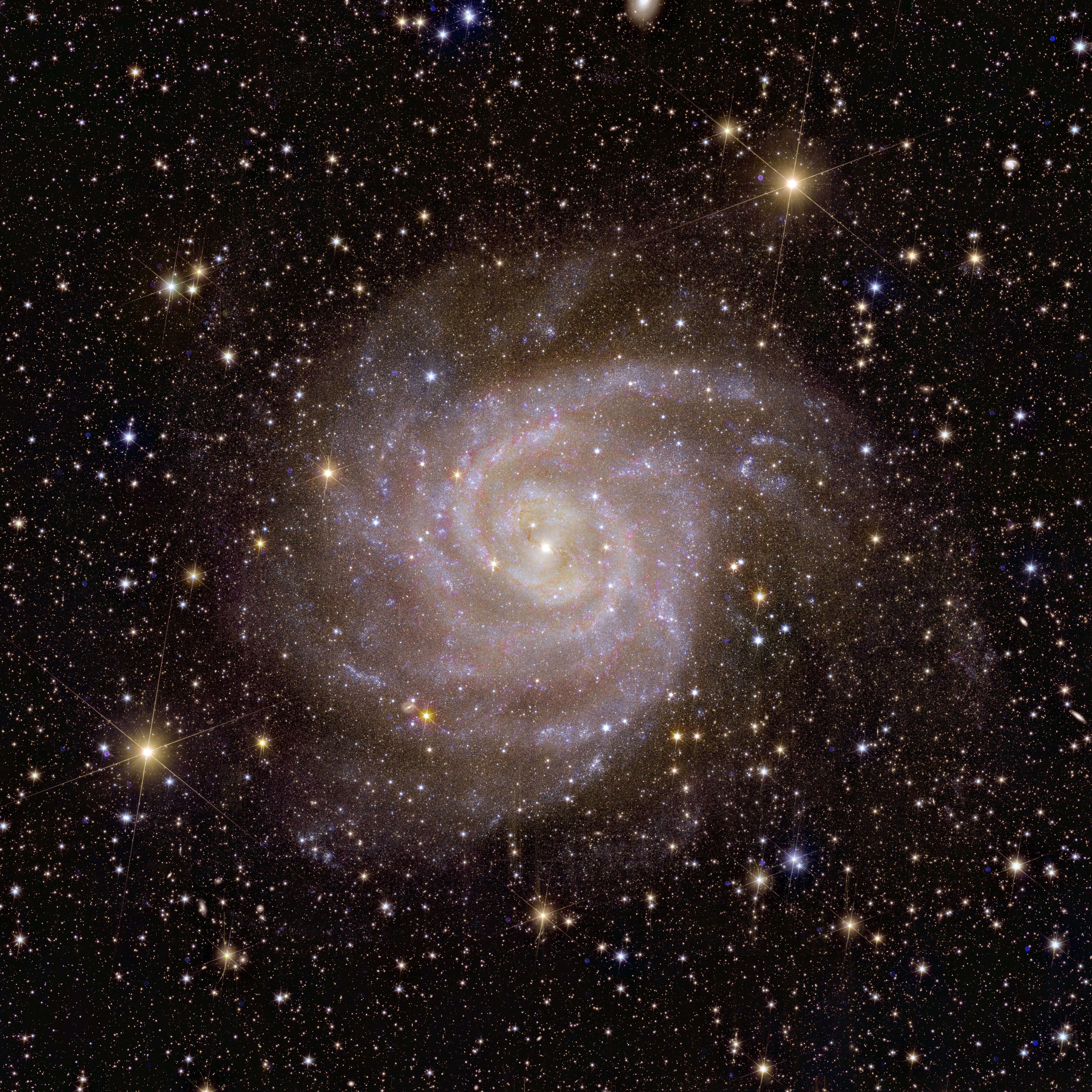
Over its lifetime, our Dark Universe detective will image billions of galaxies, revealing the invisible influence that dark matter and dark energy have on them. That's why it's fitting that one of the first galaxies observed by Euclid is nicknamed the “Hidden Galaxy,” also known as IC 342 or Caldwell 5. Thanks to its infrared vision, Euclid has already discovered crucial information about the stars in this galaxy, which is a lookalike of our Milky Way.
3. IRREGULAR GALAXY NGC 6822
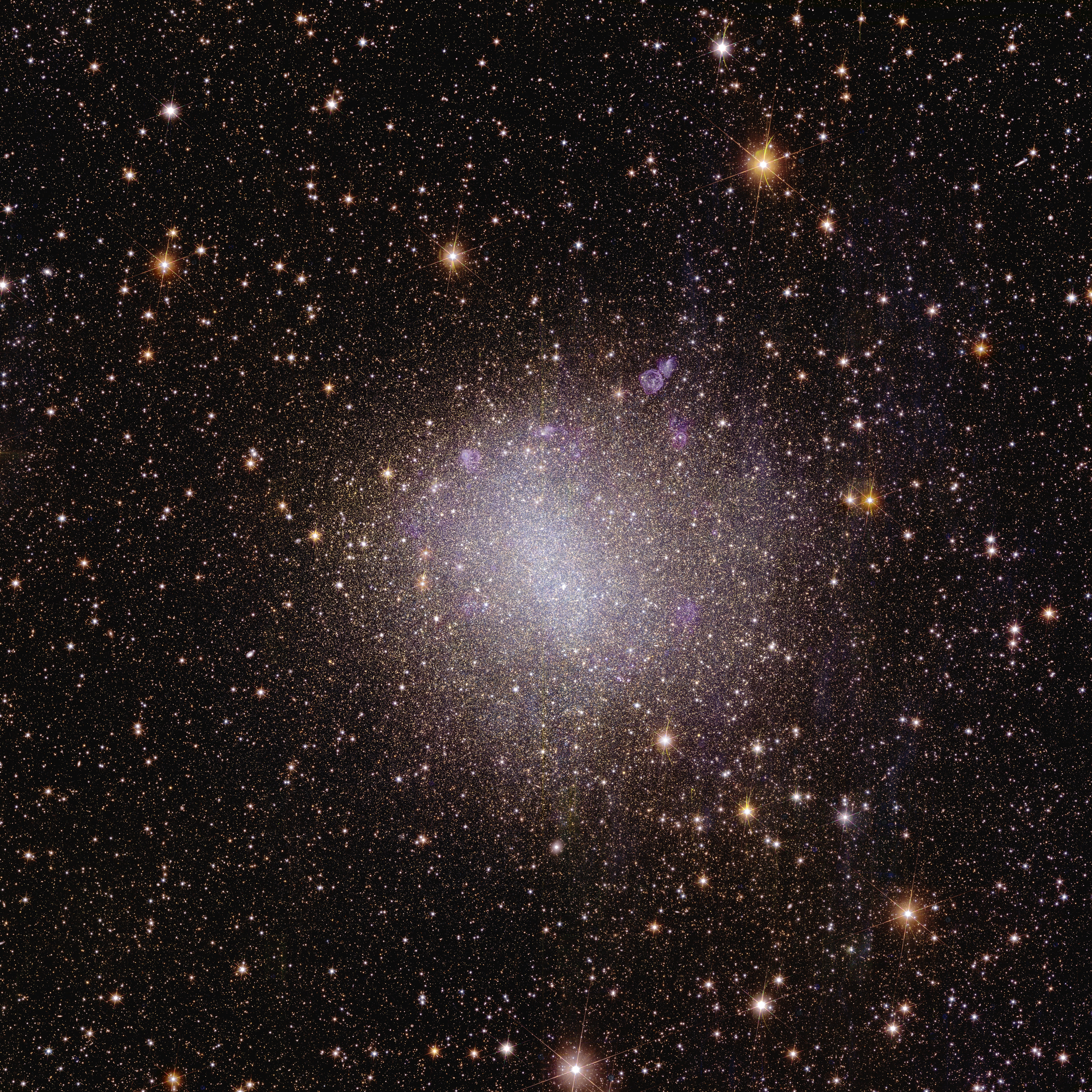
To create a 3D map of the Universe, Euclid will observe light from galaxies up to 10 billion light-years away. Most galaxies in the early Universe do not resemble the typical ordered spiral, but are irregular and small. They are the building blocks of larger galaxies like ours, and we can still find some of these galaxies relatively close to us. The first irregular dwarf galaxy observed by Euclid is called NGC 6822 and is located nearby, just 1.6 million light-years from Earth.
4. GLOBULAR CLUSTER NGC 6397
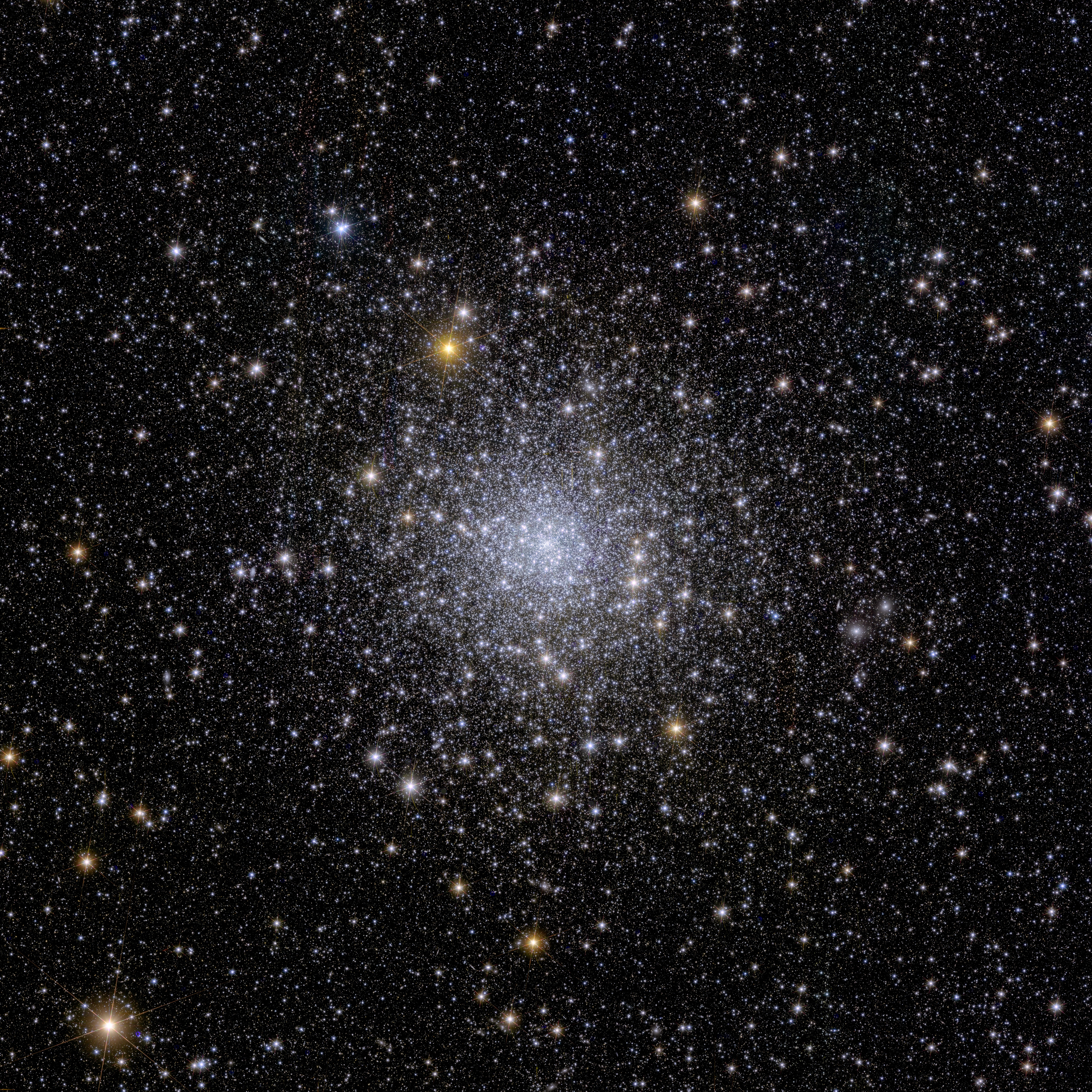
This glittering image shows Euclid's vision of a globular cluster called NGC 6397. This is the second closest globular cluster to Earth, located about 7800 light-years away. Globular clusters are collections of hundreds of thousands of stars held together by gravity. Currently no other telescope other than Euclid can observe an entire globular cluster in a single observation, and at the same time distinguish so many stars in the cluster. These faint stars tell us the history of the Milky Way and where dark matter is found.
5. THE HORSEHEAD NEBULA
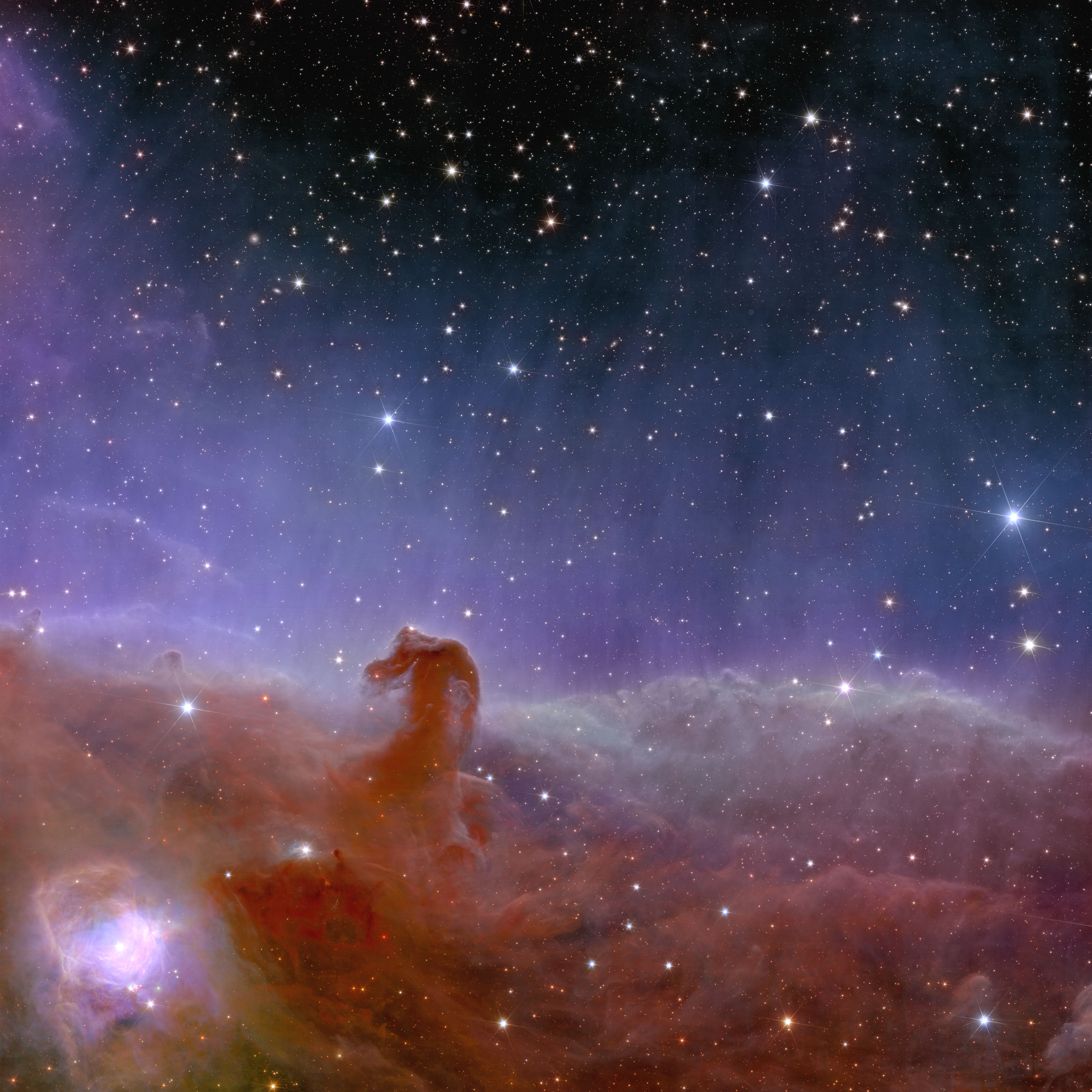
Euclid shows us a spectacular panoramic and detailed view of the Horsehead Nebula, also known as Barnard 33 and part of the constellation Orion. In Euclid's new observation of this stellar nursery, scientists hope to find many faint, never-before-seen planets of Jupiter's mass in their celestial infancy, as well as young brown dwarfs and small stars.
This is a machine translation from Italian language of a post published on Start Magazine at the URL https://www.startmag.it/innovazione/ecco-le-prime-sorprendenti-immagini-delluniverso-inviate-dal-telescopio-euclid/ on Wed, 08 Nov 2023 07:38:36 +0000.
